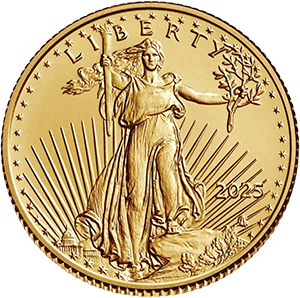
Empires fall. Currencies collapse. Governments default. But silver remains.
Across the sweep of history, from the treasury chambers of Babylon to the modern-day bullion vaults of Zurich, silver has always been more than a shiny metal—it has been an instrument of sovereignty. And in the modern world, as power shifts from kings to corporations, from thrones to vaults, silver’s role is arguably more relevant than ever.
This final essay in our series explores the continuity of silver’s importance—not only as a historical force, but as a living strategy in the hands of those who understand the cycles of power and finance.
Modern Governments and Their Quiet Reliance on Silver and Gold
While fiat currencies dominate headlines, central banks quietly continue to accumulate precious metals. Russia, China, and India have all increased their gold holdings in recent years, but silver also plays a critical role—especially in industrial strategy.
Silver is essential to solar panels, electronics, military components, and telecommunications. In a world increasingly defined by supply chains and digital vulnerabilities, silver is no longer just monetary—it’s strategic. Nations that control silver production and reserves are not merely wealthy; they are sovereign.
It’s no coincidence that amid rising tensions, countries are rediscovering the importance of buying gold and buying silver—not only as stores of value, but as hedges against sanctions, inflation, and fiat instability.
Silver and the Individual Investor: Preserving Autonomy
Just as kings once stored silver in palace vaults to assert dominion, today’s investor stores silver to reclaim personal sovereignty. When trust in banking systems wanes and stock markets teeter, physical silver offers what few assets can: independence.
Unlike stocks, bonds, or digital assets, silver is tangible. It is immune to cyberattacks, algorithmic manipulation, and political redefinition. For those nearing retirement, or seeking to diversify in an age of uncertainty, silver and gold are not speculative—they’re foundational.
As I often tell my students, “You don’t need to be a king to protect your kingdom—you just need to think like one.”
The rise in precious metals investment isn’t just about profit. It’s about preservation—of wealth, of privacy, and of autonomy. That’s why search interest in terms like “gold vs stocks in retirement” and “gold as a safe haven” continues to climb. Investors are sensing what monarchs once knew instinctively: when systems wobble, metals matter.
Vaults as the New Thrones: A Power Shift
In the ancient world, silver was hoarded in royal treasuries and city vaults. Today, private and institutional investors alike store metals in depositories, IRAs, and offshore vaults. The throne room has been replaced by the cold, guarded chamber—but the philosophy remains unchanged.
Power accrues not merely to those who earn, but to those who own.
Whether it’s a retiree securing a diversified IRA with silver and gold, or a nation accumulating bullion as a form of soft power, the story is the same: the smart accumulate metals when the world becomes unpredictable.
And make no mistake—we are living in one of those times.
Conclusion: From Empire to Empowerment
From ancient Athens to modern hedge funds, silver has empowered its holders not just with wealth, but with options. That is the real legacy of precious metals: optionality in the face of risk.
As history has shown us time and again—through the rise of the Roman denarius, the Spanish piece of eight, or today’s digital fiat transitions—systems come and go. But the principles behind them endure.
Silver remains a pillar of strength not because it changes, but because everything else does.






